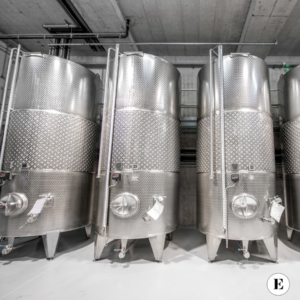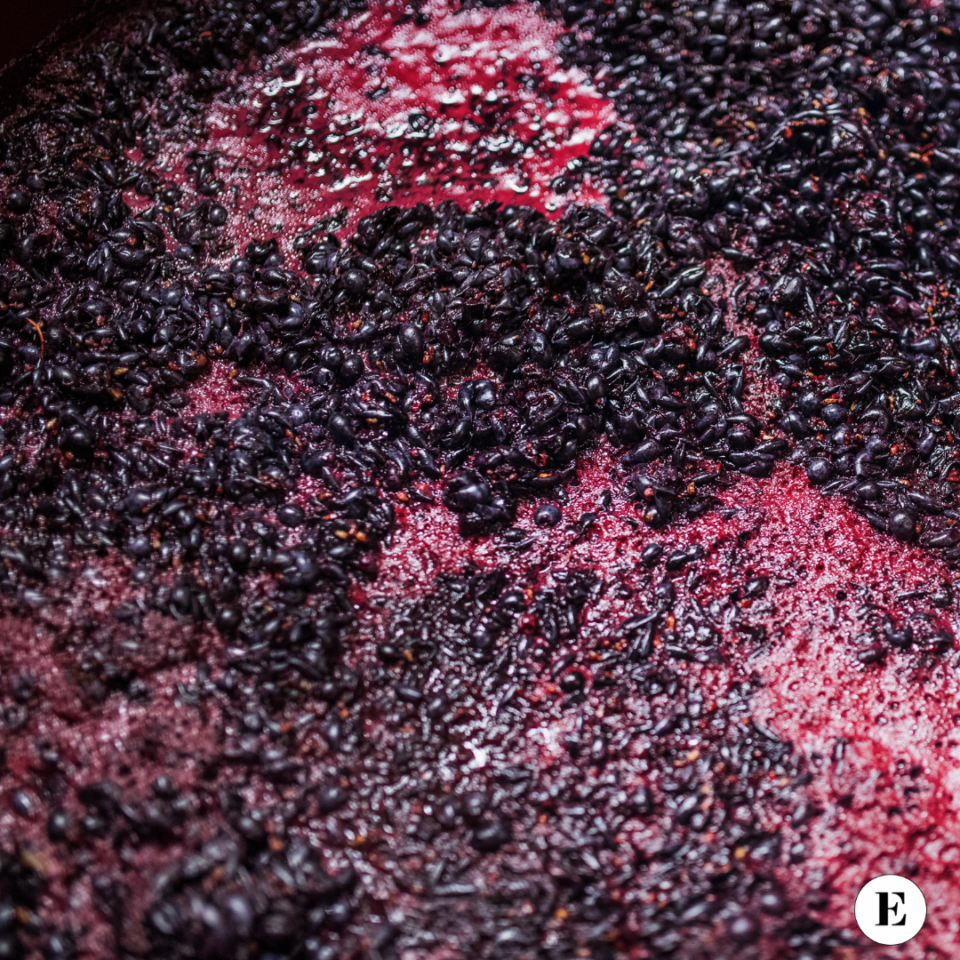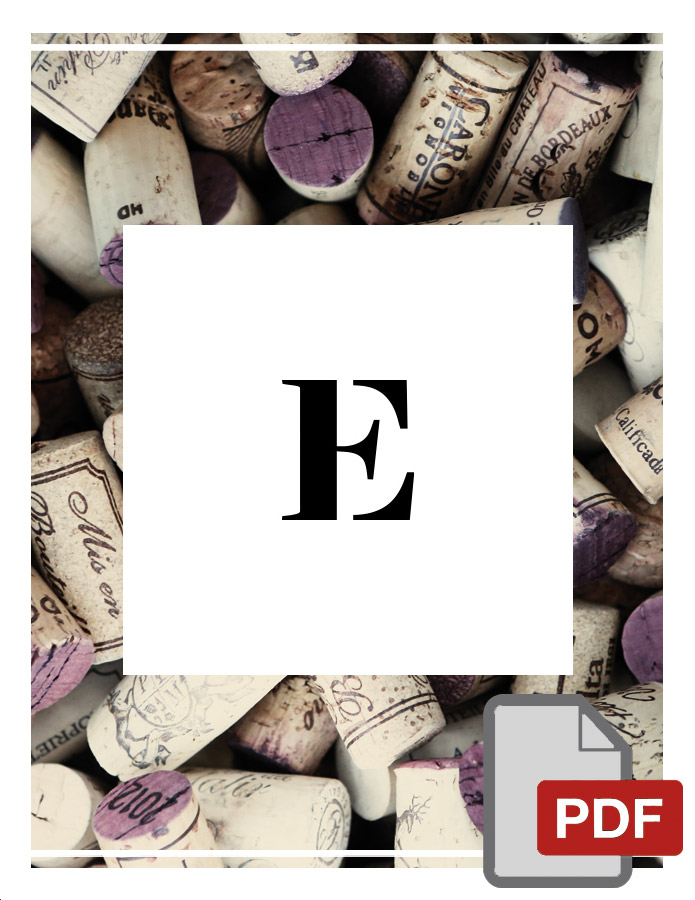Learning about wine
Delestage: An Art in Red Wine Winemaking
Delestage. Winemaking is a complex art that requires a deep understanding of the techniques and practices that can influence the final outcome of the wine. One such technique, particularly valued for the production of high-quality red wines, is delestage. Also known as “rack and return,” delestage is a practice that enhances the aromas and structure of wines without burdening them with excessive tannins. But what exactly is delestage, and why is it so important in winemaking? Let’s discover it together.
How It Works
Delestage is a technique that takes place during the alcoholic fermentation phase of wine, when the must (the fermented grape juice) and the skins are in contact. This contact is crucial for the extraction of color, tannins, and aromas, elements that give red wine its characteristic structure and complexity. Delestage begins with the separation of the must from the skins. The must is drained from the fermentation tank, leaving the “cap” of skins and pomace at the bottom. This temporary separation allows for aeration of the must, a fundamental step that promotes a more vigorous and healthy fermentation.
Once aerated, the must is reintroduced into the original tank, flooding the cap of skins. This process breaks the cap and improves the extraction of aromatic compounds and tannins, but in a more delicate manner compared to other techniques like pumping over. Delestage allows for wines with a good tannic structure but without the aggressiveness that can result from excessive tannin extraction.
Benefits in Wine Production

The use of delestage in winemaking offers numerous advantages that contribute to the quality of the final wine. Firstly, the aeration of the must during delestage helps develop more complex aromatic profiles. The exposure to oxygen can promote the formation of esters and other aromatic compounds that enrich the wine’s bouquet, making it more intriguing on the nose.
Furthermore, delestage allows for more controlled tannin extraction. This means that wines produced with this technique tend to have a softer and rounder structure, making them more accessible even when young. This is particularly important for grape varieties that naturally develop harder and edgier tannins.
Finally, delestage can improve the color stability in wine. The extraction of anthocyanins, the pigments responsible for color in red wines, is optimized, resulting in wines with vibrant and stable color over time.
Conclusion
In summary, delestage is a sophisticated technique that requires skill and attention but can significantly enhance the quality of red wines. By using this practice, wine producers can create wines that are not only structurally balanced and aromatically complex but also offer a more pleasant and memorable tasting experience. Whether you are a wine producer or an enthusiast, understanding the importance of delestage will allow you to appreciate even more the work and craftsmanship behind every bottle of quality red wine.





